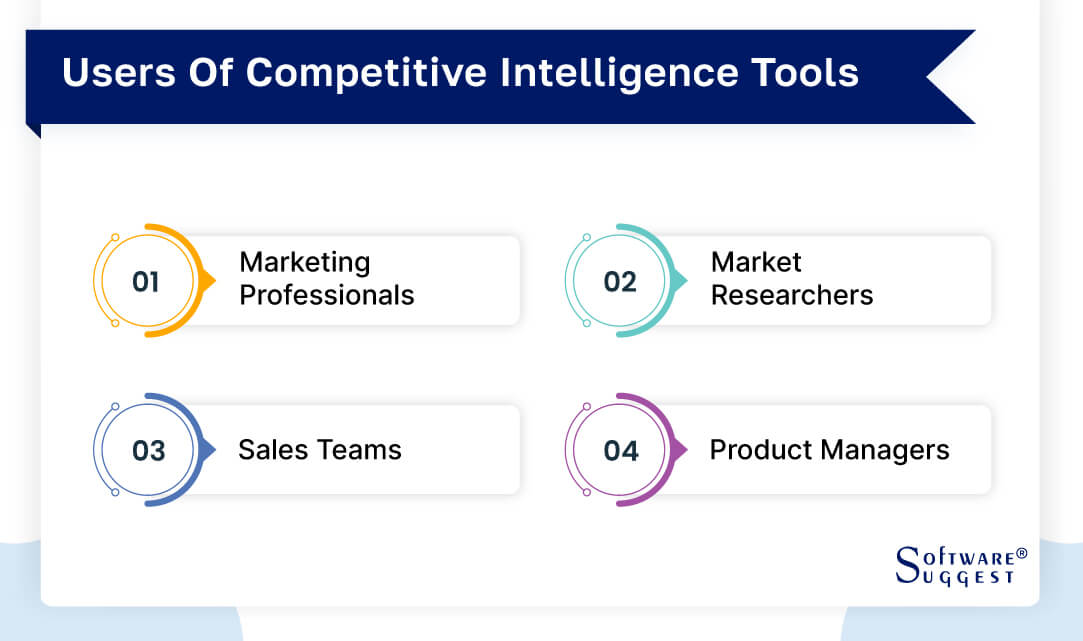Financial Performance Analysis Methods
Delving into Financial performance analysis methods, this introduction immerses readers in a unique and compelling narrative, providing insights on the significance of analyzing financial performance to make informed decisions and drive business success.
Exploring the various methods and techniques used in financial performance analysis, this discussion aims to shed light on the key aspects that contribute to understanding and improving a company’s financial health.
Overview of Financial Performance Analysis Methods
Financial performance analysis is a crucial tool for evaluating the health and success of a business. By examining various financial metrics and ratios, analysts can gain valuable insights into a company’s profitability, liquidity, efficiency, and solvency. This information is essential for stakeholders, investors, and management to make informed decisions and strategic plans.
Importance of Financial Performance Analysis
Financial performance analysis helps in assessing the overall financial health of a company, identifying areas of strength and weakness, and monitoring progress towards financial goals. By analyzing key financial indicators, such as revenue, expenses, profit margins, and cash flow, businesses can make data-driven decisions to improve performance and drive growth.
Objectives of Analyzing Financial Performance
- Assessing profitability: Analyzing financial performance helps in evaluating the company’s ability to generate profits and maximize returns for shareholders.
- Ensuring liquidity: By examining liquidity ratios, businesses can determine their ability to meet short-term obligations and maintain financial stability.
- Measuring efficiency: Financial performance analysis allows companies to assess their operational efficiency and identify opportunities for cost reduction and process improvement.
- Evaluating solvency: Understanding solvency ratios helps in assessing the long-term financial health and sustainability of a business.
Types of Data Used in Financial Performance Analysis
- Income Statement Data: Revenue, expenses, and profit figures provide insights into a company’s revenue-generating and cost management activities.
- Balance Sheet Data: Assets, liabilities, and equity information help in assessing the financial position and capital structure of a business.
- Cash Flow Statement Data: Operating, investing, and financing cash flows reveal how cash is generated and used within the company over a specific period.
- Key Financial Ratios: Ratios such as profitability, liquidity, efficiency, and solvency ratios offer a comprehensive view of a company’s financial performance and health.
Commonly Used Financial Ratios
Financial ratios are essential tools used in performance analysis to evaluate the financial health and operational efficiency of a company. By comparing different financial metrics, ratios provide valuable insights into various aspects of a company’s performance.
Key Financial Ratios
- Profitability Ratios: These ratios measure a company’s ability to generate profits relative to its revenue, assets, or equity. Examples include:
- Return on Assets (ROA) = Net Income / Average Total Assets
- Return on Equity (ROE) = Net Income / Average Shareholder’s Equity
- Liquidity Ratios: These ratios assess a company’s ability to meet its short-term financial obligations. Examples include:
- Current Ratio = Current Assets / Current Liabilities
- Quick Ratio = (Current Assets – Inventory) / Current Liabilities
- Debt Ratios: These ratios indicate the level of financial leverage and risk associated with a company’s capital structure. Examples include:
- Debt-to-Equity Ratio = Total Debt / Total Equity
- Interest Coverage Ratio = EBIT / Interest Expense
Significance of Liquidity Ratios
Liquidity ratios play a crucial role in financial analysis by providing insights into a company’s ability to meet its short-term obligations without facing financial distress. A higher liquidity ratio indicates a stronger financial position, as the company has sufficient liquid assets to cover its current liabilities. On the other hand, a low liquidity ratio may signal potential liquidity issues and operational challenges that could impact the company’s financial stability.
Overall, financial ratios serve as valuable tools for investors, creditors, and management to assess a company’s financial performance, identify areas of strength and weakness, and make informed decisions about investments, lending, and strategic planning.
Trend Analysis in Financial Performance: Financial Performance Analysis Methods
.webp)
When it comes to evaluating financial performance, trend analysis plays a crucial role in providing valuable insights into the financial health of a company over time. By analyzing trends in key financial metrics, such as revenue, expenses, and profitability, stakeholders can gain a deeper understanding of how a company is performing and how it is likely to perform in the future.
Importance of Trend Analysis
Trend analysis is essential for identifying patterns and outliers in financial data. By examining historical trends, analysts can spot recurring patterns or anomalies that may impact the company’s financial performance. This helps in making informed decisions and taking corrective actions to address any potential issues or capitalize on opportunities.
- Identifying Growth Trends: Trend analysis helps in identifying growth trends in revenue, profits, and other key financial metrics. By tracking these trends over time, stakeholders can assess the company’s financial stability and growth potential.
- Spotting Anomalies: Trend analysis can also help in identifying outliers or irregularities in financial data. By pinpointing unusual fluctuations or discrepancies, analysts can investigate the root causes and take necessary measures to address them.
- Forecasting Future Performance: One of the primary benefits of trend analysis is its ability to forecast future financial performance. By extrapolating historical trends and patterns, analysts can make educated predictions about the company’s future financial health and performance.
Comparative Analysis Techniques

Comparative analysis techniques play a crucial role in evaluating a company’s financial performance by providing insights into trends and benchmarks. Let’s explore the comparison between horizontal and vertical analysis methods, along with their advantages, limitations, and industry benchmarks.
Horizontal vs. Vertical Analysis, Financial performance analysis methods
Horizontal analysis, also known as trend analysis, compares financial data over multiple periods to identify growth patterns or inconsistencies. On the other hand, vertical analysis, or common-size analysis, compares each line item on the financial statement to a base figure, usually total revenue or assets, to assess the relative proportion of each component.
- Advantages of Horizontal Analysis:
- Identifies trends and patterns over time.
- Helps in forecasting future performance based on historical data.
- Highlights areas of significant growth or decline.
- Limitations of Horizontal Analysis:
- Does not provide insights into the relative proportion of expenses or assets.
- May not account for seasonality or one-time events impacting financials.
- Requires accurate and consistent historical data for meaningful analysis.
- Advantages of Vertical Analysis:
- Offers a detailed view of the composition of financial statements.
- Helps in comparing the relative importance of different line items.
- Facilitates benchmarking with industry standards or competitors.
- Limitations of Vertical Analysis:
- Does not capture trends or changes over time.
- May overlook absolute changes in amounts that are important for decision-making.
- Relies heavily on the choice of base figure for normalization.
Industry Benchmarks for Comparative Analysis
Industry benchmarks are essential for contextualizing financial performance and comparing against sector norms. Common benchmarks include:
| Industry | Key Performance Metric | Benchmark Value |
|---|---|---|
| Technology | Revenue Growth Rate | 15% |
| Healthcare | Profit Margin | 10% |
| Retail | Inventory Turnover | 5 times |
Cash Flow Analysis
Cash flow analysis is a crucial tool in evaluating the financial health of a company. It provides valuable insights into how effectively a company manages its cash inflows and outflows, which is essential for sustainable operations and growth.
Importance of Cash Flow Analysis
- Cash flow analysis helps in determining the liquidity position of a company by examining how much cash is generated from its core business operations.
- It allows investors and stakeholders to assess the ability of a company to meet its short-term obligations and fund future growth initiatives.
- By focusing on cash flows, rather than accounting profits, cash flow analysis provides a more accurate picture of a company’s financial performance.
Cash Flow Statements for Liquidity Analysis
Cash flow statements are used to analyze the liquidity position of a company by categorizing cash flows into operating, investing, and financing activities. This breakdown helps in understanding where the cash is coming from and where it is being used. A healthy liquidity position ensures that a company can meet its short-term obligations without relying heavily on external financing.
Relationship between Cash Flow Analysis and Profitability
- Cash flow analysis complements profitability analysis by focusing on the actual cash movements within a company, rather than just accounting profits.
- While profitability indicates the ability of a company to generate earnings, cash flow analysis reveals how efficiently those earnings are converted into cash.
- A company can be profitable on paper but face cash flow issues due to delayed payments, high inventory levels, or excessive capital expenditures.
FAQ
How do financial ratios aid in assessing a company’s financial health?
Financial ratios provide valuable insights by comparing key financial data points, allowing stakeholders to gauge profitability, liquidity, and efficiency levels of a company.
What is the significance of trend analysis in financial performance evaluation?
Trend analysis helps in identifying patterns, anomalies, and forecasting future financial performance based on historical data, offering a holistic view of a company’s financial trajectory.






